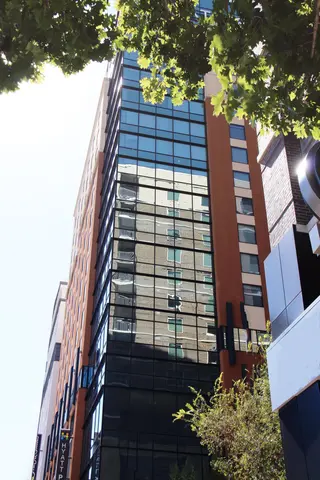
Architectural Division
Smart Design. Smart Build.
Need In-Depth Information On Our Products?
Explore Our ResourcesLatest News & Updates
Explore our articles to learn more about products in application.

Moisture Barrier for Basement Floor: A Foundation for a Dry ...
Basement moisture issues often start with the ground below the concrete slab. Moisture and water vapor from the soil can travel upward, seeping through the slab into the basement.

AC Induced Pipeline Corrosion: Advanced Solutions for Pipeli...
Pipeline systems are indispensable for the efficient transportation of resources across vast networks.

Sustainable Urban Drainage Systems: Types & Examples
Urban areas face increasing challenges in managing stormwater due to expanding impervious surfaces and climate change. Sustainable urban drainage systems (SuDS) offer an innovative solution, managing runoff while supporting environmental health.

Before and After Crawl Space Encapsulation: Transformations
Crawl space encapsulation is a highly effective way to address common household concerns, such as moisture buildup, pest infestations, and energy inefficiency.

Termite Resistant Building Materials: Ultimate Guide
Termites are a major threat to buildings, capable of causing billions of dollars in structural damage each year.

Green Roof Drainage: Systems, Design & Materials
Green roofs offer a range of benefits from stormwater management to improving a building's energy efficiency.

Internal Pipeline Coating: Corrosion Protection Solutions
Internal pipeline coating helps maintain the integrity and efficiency of pipeline systems.

Air Barrier Installation: Techniques & Best Practices
Air barriers play a vital role in protecting buildings from air leaks and moisture infiltration. When installed correctly, they significantly enhance energy efficiency, moisture control, and long-term structural durability.

Termite Barrier Systems: Effective Protection Methods
Termite infestations can cause significant damage to homes and properties, which is why termite barrier systems should be the first line of defense.

Exterior Wall Waterproofing: Comprehensive Methods & Best So...
Waterproofing exterior walls is a necessary step in protecting any structure from moisture damage, mold growth, and costly repairs.

Interior Basement Waterproofing: Methods and Materials
Interior basement waterproofing is an important step in maintaining the structural integrity and indoor air quality of homes.

Basement Waterproofing: Interior vs. Exterior – Which is Bes...
Basement waterproofing is key for safeguarding your home against moisture damage. Whether you are dealing with existing leaks or taking preventive measures, choosing between interior and exterior waterproofing solutions can be complex.















